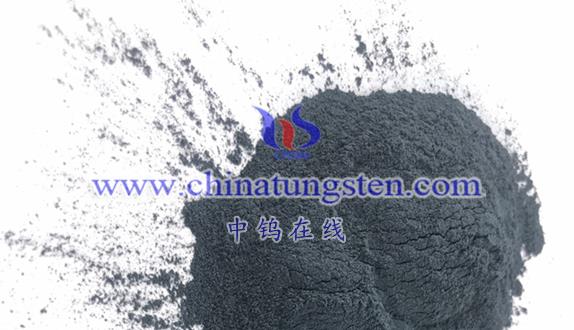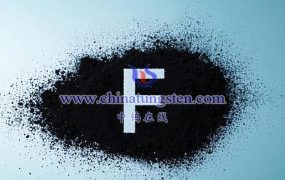
Cesium tungsten bronze (CsxWO3) nanoparticles exhibit a range of unique advantages in photothermal therapy, but they also face some challenges and limitations. Below is a detailed analysis of their pros and cons:
Advantages
- High Photothermal Conversion Efficiency
- Cesium tungsten bronze nanoparticles have an exceptionally high photothermal conversion efficiency. Under external light sources, particularly near-infrared (NIR) light, they can rapidly convert light energy into heat energy, producing localized high temperatures that effectively kill cancer cells. This is their core advantage as a photothermal therapy material.
- Dual Anti-Tumor Effects
- In addition to photothermal therapy (PTT), cesium tungsten bronze nanoparticles may enhance anti-tumor effects through photodynamic therapy (PDT) mechanisms. This dual-mode treatment improves the overall therapeutic outcomes.
- Visualization and Monitoring During Therapy
- Due to their high atomic number, cesium tungsten bronze nanoparticles exhibit excellent properties for CT imaging and photoacoustic imaging. This allows real-time visualization and monitoring of tumor tissues during therapy, providing feedback for doctors to adjust and optimize the treatment plan.
- Good Biocompatibility and Safety
- Cesium tungsten bronze nanoparticles typically exhibit low biological toxicity, meaning they have minimal adverse effects on the human body. This makes them suitable for medical applications, especially those involving direct injection into the body for photothermal therapy.
- Versatility
- Beyond photothermal therapy, cesium tungsten bronze nanoparticles find applications in various fields, such as transparent heat-insulating coatings, infrared filters, and more, demonstrating their multifunctional potential.
Disadvantages
- Stability in Biological Environments
- Cesium tungsten bronze nanoparticles often have poor dispersibility and stability in physiological and near-physiological environments. They tend to agglomerate, which can impact their performance. Surface modification techniques are required to improve their dispersion and stability.
- Lack of Active Targeting Capability
- These nanoparticles lack intrinsic active targeting capabilities for tumor tissues, which limits their application in precision medicine. Surface functionalization or the addition of targeting ligands is needed to enhance their specificity and therapeutic precision.
- Limited Photodynamic Therapy Efficacy
- In hypoxic tumor environments, the efficacy of cesium tungsten bronze nanoparticles in photodynamic therapy is reduced. PDT relies on oxygen to produce reactive oxygen species (ROS), and hypoxic conditions in tumor tissues hinder this process. Encapsulation with oxygen-carrying or oxygen-releasing materials may improve PDT outcomes.
- High Production Costs
- Despite their excellent properties, cesium tungsten bronze nanoparticles are relatively expensive to produce. This limits their competitiveness for large-scale production and widespread application. Optimization of manufacturing processes and improvements in production efficiency are necessary to reduce costs.
Conclusion
Cesium tungsten bronze nanoparticles show significant promise in photothermal therapy due to their high photothermal conversion efficiency, dual anti-tumor mechanisms, and excellent imaging capabilities. However, challenges such as stability, lack of active targeting, limited PDT efficacy in hypoxic environments, and high production costs need to be addressed. With continued research and technological advancements, these limitations can be overcome, enabling cesium tungsten bronze nanoparticles to fully realize their potential in cancer treatment and other applications.
More details of tungsten oxide product, please visit website: tungsten-oxide.com
Please contact CHINATUNGSTEN for inquiry and order of tungsten oxide:
Email: sales@chinatungsten.com
Tel.: 86 592 5129595






